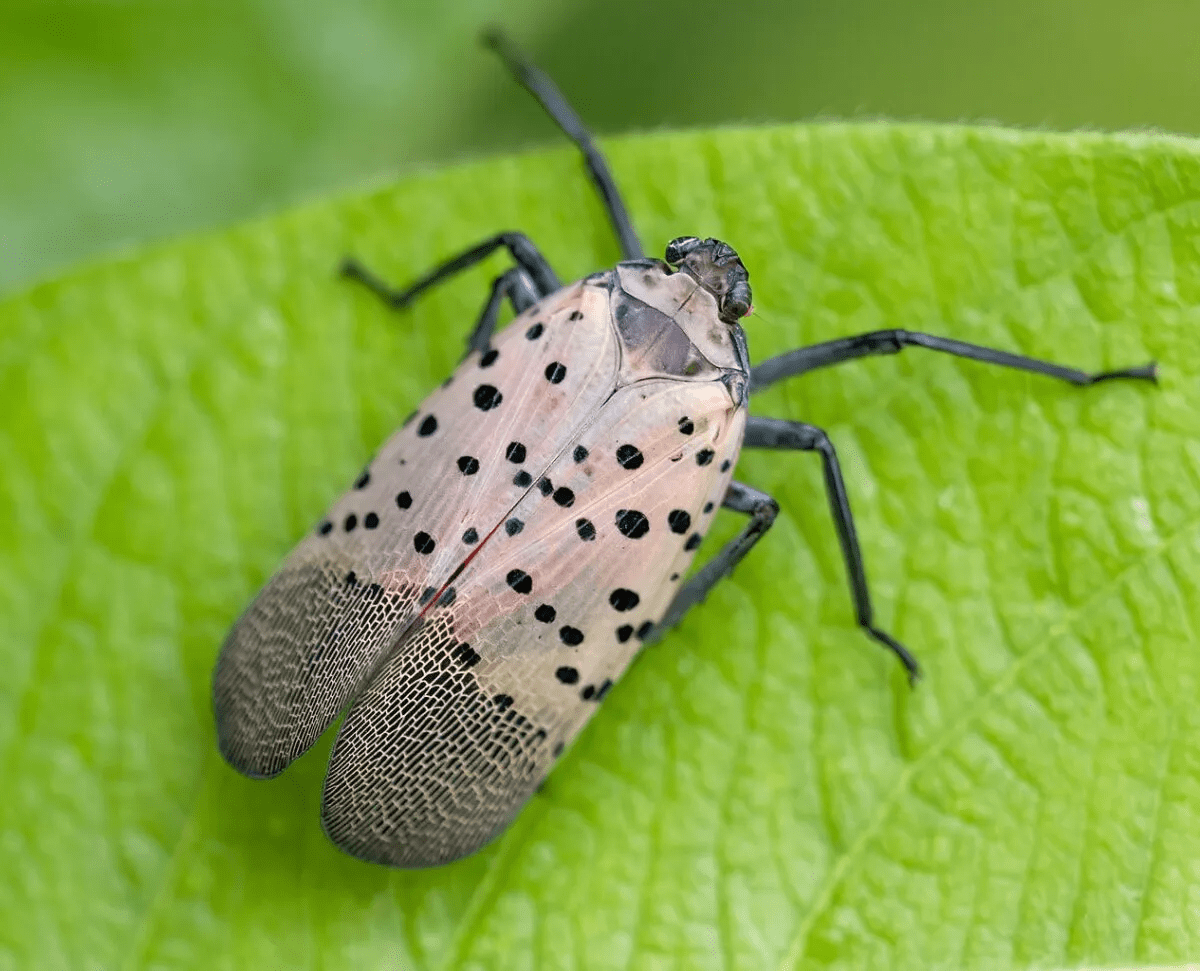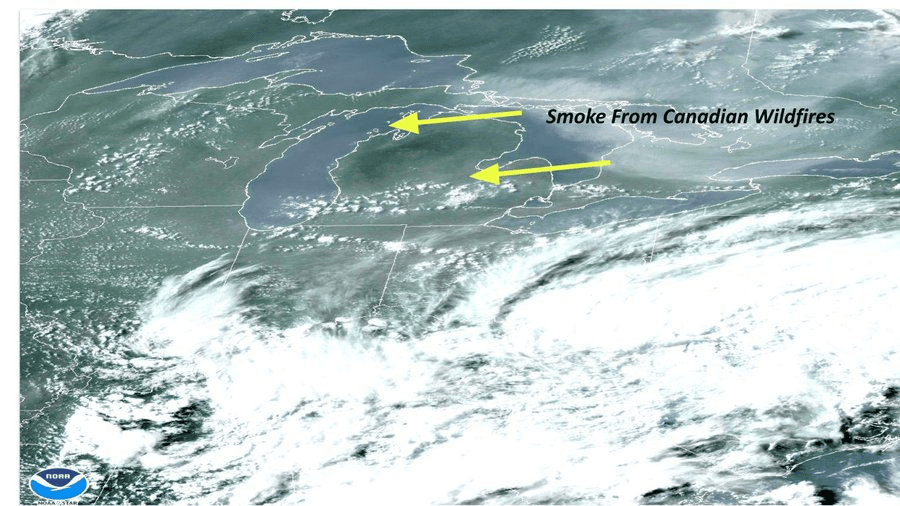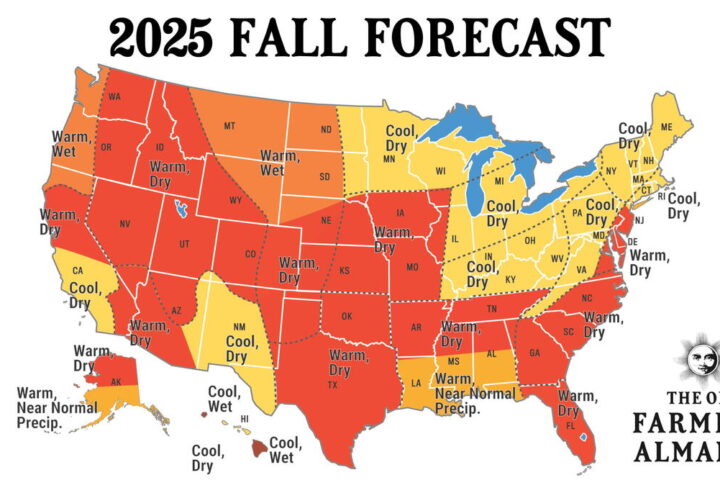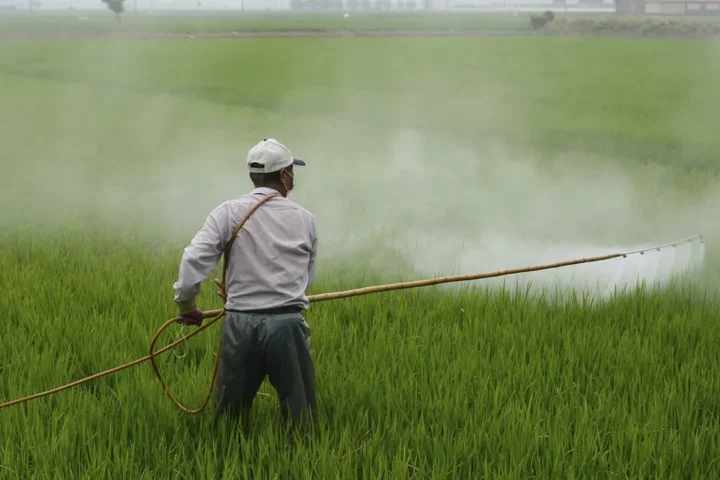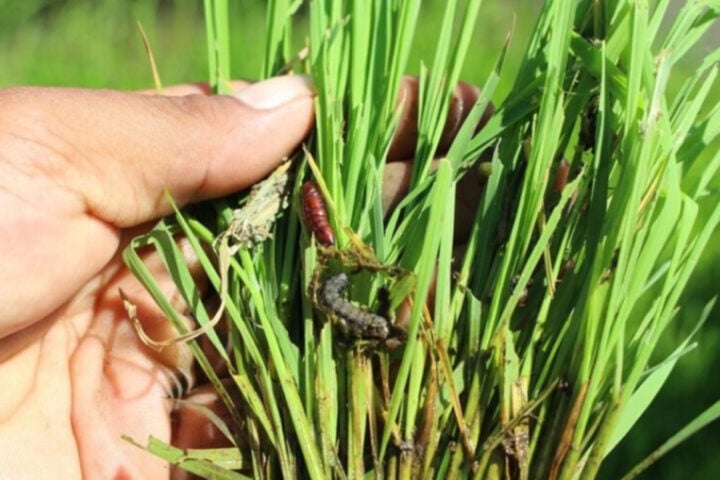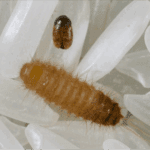The spread of spotted lanternflies in the United States has become a concerning issue. These invasive insects, originally from Asia, have been wreaking havoc on crops and trees in multiple states, including Pennsylvania. In response to the growing infestation, several states have issued kill-on-sight orders to help control the lanternfly population. Spotted lanternflies, scientifically known as Lycorma delicatula, are planthoppers native to China, India, and Vietnam. They are known for their colorful wing patterns but are considered major pests due to their feeding habits. These insects consume various plants like grapes, apples, hops, and hardwood trees. Their feeding causes damage to plants and leaves them susceptible to diseases and death. Additionally, their rapid reproduction rates enable them to spread quickly, with females laying up to 200 eggs at once.
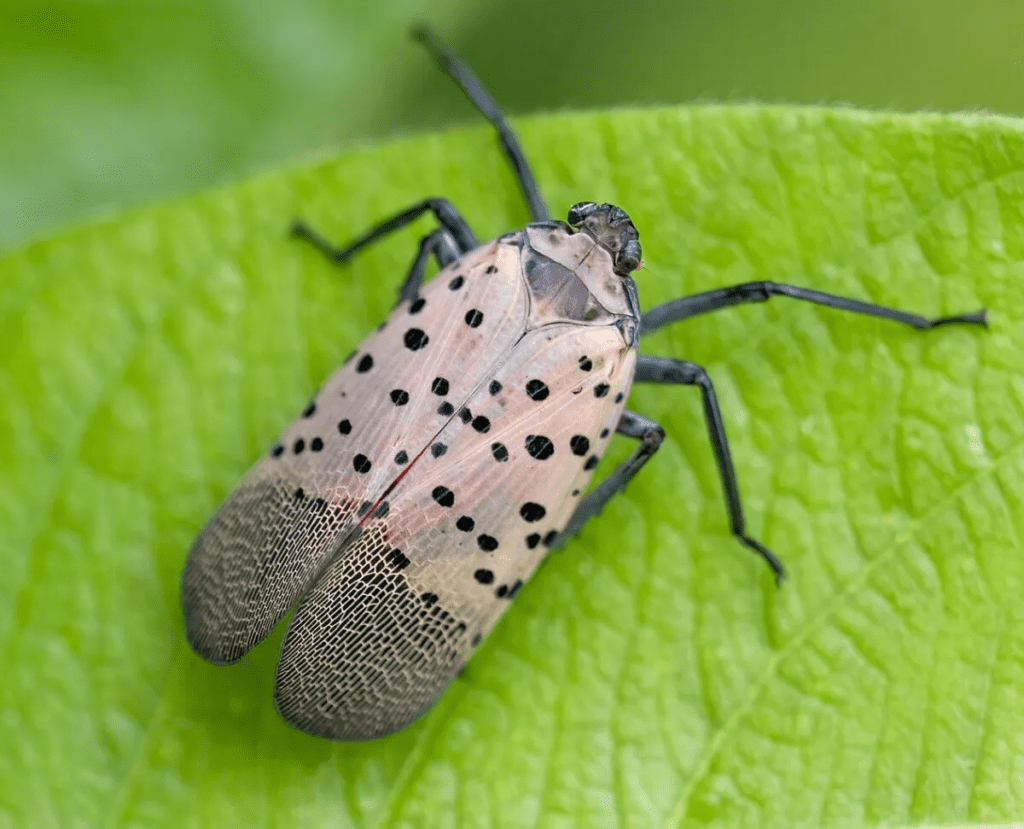
The impact of spotted lanternflies on the environment and economy can be devastating. They feed on over 70 plant species, including economically important crops like grapes, apples, and hops. This causes damage to the crops and leaves them vulnerable to other pests and diseases. Moreover, the honeydew excreted by the lanternflies promotes the growth of sooty mold, which can further harm plants and create unpleasant outdoor environments. The economic impact of these pests is still being calculated. However, without proper control measures, the costs might reach billions of dollars. To address the spotted lanternfly infestation, several states have implemented kill-on-sight orders. These orders require residents to kill any spotted lanternflies they encounter immediately. The purpose of these orders is to reduce the lanternfly population and slow down its spread. Although these measures may seem drastic, they highlight the seriousness of the lanternfly problem and the need for prompt action.
Similar Post
The kill-on-sight orders are issued by the agricultural or environmental departments of states affected by the lanternfly infestations. Orders are issued from Pennsylvania, New Jersey, Delaware, and Virginia. These orders are in response to the need to protect their agriculture and natural resources. The initial infestation originated in the Philadelphia area and has since spread through the Northeast, now moving southward towards North Carolina and the Tennessee border. It is crucial for individuals to report any sightings of spotted lanternflies to the USDA so that the spread can be tracked, and the insects can be eliminated on sight. The exact dates of the initial kill-on-sight orders vary by state, but they have generally been in place for several years. These orders are typically reissued each year during the active season of the lanternflies, which occurs from late spring to early winter.
Pennsylvania has been particularly affected by the spotted lanternfly infestation since it was the first state in the U.S. where the insects were detected. The state’s agricultural industry, including vineyards and orchards, has suffered significant damage. Apart from the economic impact, the presence of lanternflies has also disrupted the quality of life for residents. The honeydew excreted by the insects attracts other pests and promotes the growth of sooty mold, making outdoor areas sticky and attracting swarms of insects. There are several methods for killing spotted lanternflies. Physical removal by crushing them is a straightforward approach, but it can be time-consuming and challenging for larger infestations. Insecticides are effective, unless they are used carefully avoiding harm to other beings. Always follow the instructions on the label when using insecticides. In addition to killing adult lanternflies, destroying their egg masses is essential. These egg masses can be found on various surfaces, such as trees, outdoor furniture, and even car tires. They can be scraped off and destroyed by crushing or soaking them in alcohol or hand sanitizer.
Reporting sightings of spotted lanternflies and their egg masses is crucial for controlling their spread. If you come across a lanternfly or its egg masses, report the sighting to your local university extension office or state plant regulatory official. Provide as much information as possible, including the location and number of lanternflies or egg masses, and consider including photos with your report. This information helps authorities track the spread of the insects and target control efforts effectively. In conclusion, the spotted lanternfly poses a significant threat to agriculture and plant life in several states. The kill-on-sight orders emphasize the seriousness of the problem and the need for immediate action. Everyone can contribute to controlling this pest by killing lanternflies, destroying their egg masses, and reporting sightings. With collective effort, it is possible to slow the spread of this invasive insect and mitigate its impact.
